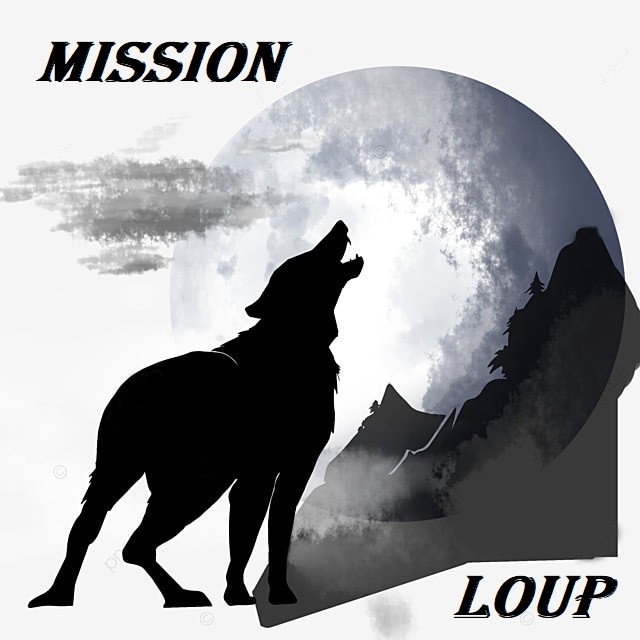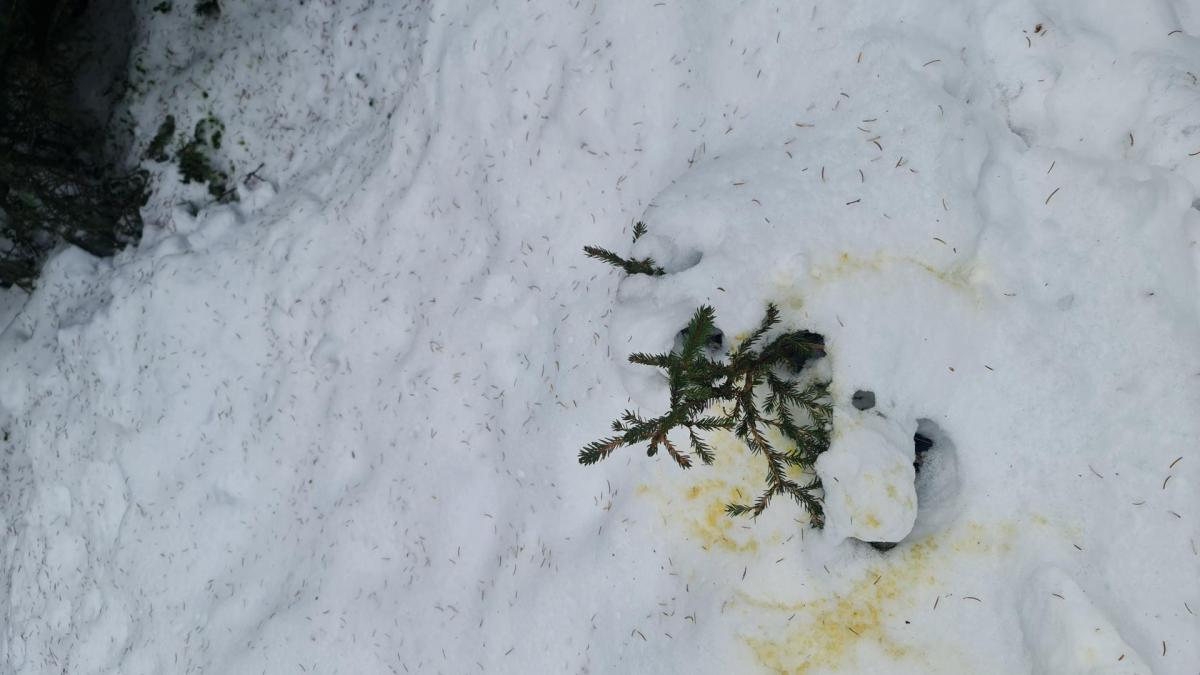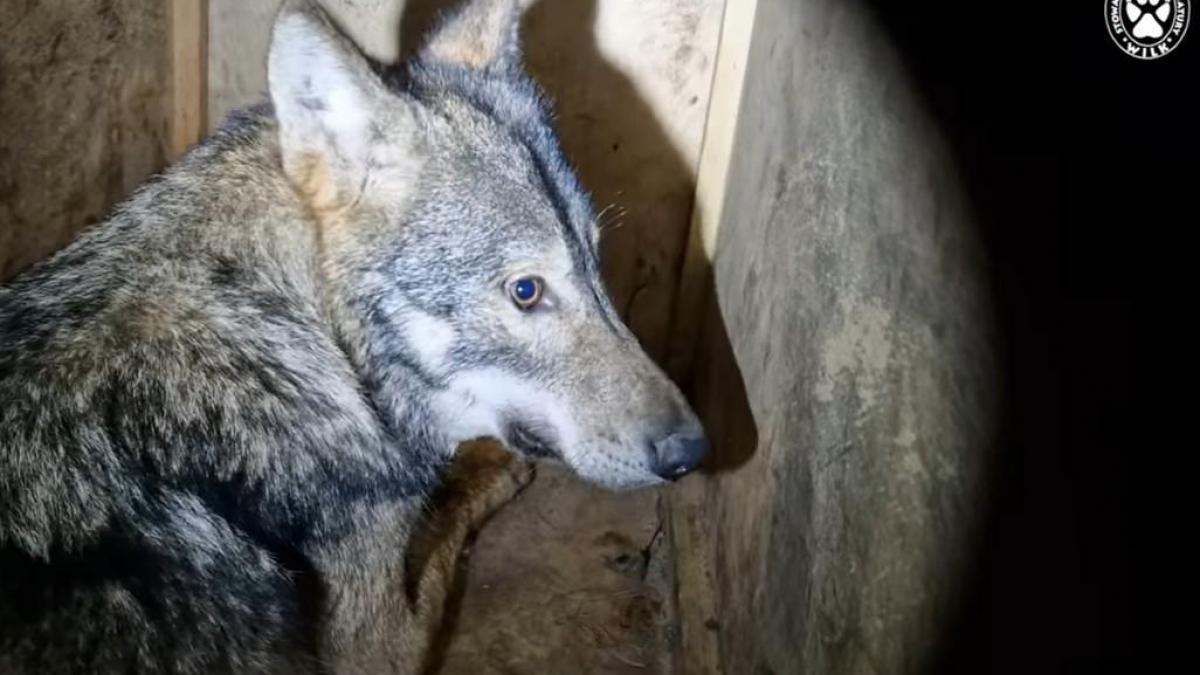Let's start with ladies, our reproductive female : Lupine ! We found this name funny because, with the name of the male, we make a nod to a well known French series of the 80s. It's her that you see urinating on the video above. Of course, contrary to the Marecottes pack (zoo), it's impossible to know the origin nor the history of Arsène and Lupine. We only know that this female has already given birth and is certainly about to have cubs, at this very moment...
The reproductive male, in the foreground of the video, has been called "Arsene". He has a rather impressive stature and distinguishes himself from Lupine by his size and a slightly different color. He has a nice presence, which could make you think that he's the leader... But, as you will discover by reading our articles, he may not be the leader, at least not in all areas...
In autumn 2022, our cameras captured several wolves with Arsene & Lupine, cubs of the year with, possibly, 1 subadult. In December, the couple was alone again alone and has remained so since on the trapping cameras. This means that the cubs/subadults either went on an excursion (1) or, for some of them, dispersed (2). We also rely on cantonal and federal data to better understand Arsene's pack, which is crucial for the future.
Arsene & Lupine have a very large territory, extending over at least 150 to 250 km2, in a beautiful & green swiss region. There is an abundant number of prey there, we'll share photos and videos of the local wildlife, then you'll be able to admire and know it better.
See you soon for more news about Arsene & Lupine...
Dictionary
(1) Excursion : subadults may make short or longer stays alone in the territory of their pack, to "practise" before leaving for dispersion. They sometimes return with their parents. These excursions and moments spent alone permit them to have the security of the pack, on a pre-established territory and some hunting training. According to David Mech, an American world expert who has been studying wolves since the 1960s, young wolves can make up to 5-6 excursions before leaving the pack for good.
(2) Dispersal : Between the age of 10 months and 3 years, young wolves leave the pack for good. One of the factors can be the sexual maturity and the conflicts which can logically occur because of the hormonal changes. These young wolves leave in search of a new territory and a partner to have their own pack and and ensure the continuity of the species. We call this "dispersal phase". During this phase, wolves can travel impressive distances, from a few hundred to two thousand kilometers, crossing alpine massifs, plains, highways, railroads etc. The mortality rate is then very high, between 60 and 70% of young wolves are killed. Recently, a young male born in Grisons/Graubünden (Stagias pack / Switzerland), M237, managed to travel 2000 km to Hungary before, unfortunately, being killed by a poacher.
Article : TM/NV Mission Loup
Photos & Vidéo : Mission Loup


